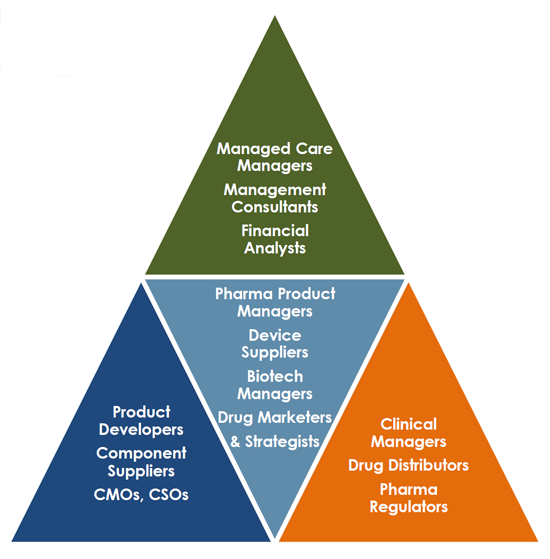PUBLISHER: Greystone Research Associates | PRODUCT CODE: 1718481

PUBLISHER: Greystone Research Associates | PRODUCT CODE: 1718481
Point-of-Care and Self-Administered Biologicals - Technology, Therapeutics, Markets, &Forecasts
This new market study, "Point-of-Care and Self-administered Biologicals" is a comprehensive evaluation and analysis of the technology, products and participants providing the driving force behind this evolving segment of the healthcare sector.
The study is designed to provide drug company decision makers, drug delivery developers, device designers, healthcare marketers, and supply chain participants with a detailed understanding of the economics, technologies, disease segments, and commercial opportunities for biological drugs with as supplied configurations that support POC administration or self-medication. Provider organization business managers, healthcare administrators and investors will also benefit from this study.
Engineered Therapeutics that Address Chronic Conditions
Led by the proliferation of antibody-based drugs and candidates, biological drugs as a class continue to outpace all other NCEs in development pipelines and clinical trials. This shift away from small molecule drugs is creating opportunities for drug developers, device designers, packagers and - ultimately - pharmaceutical marketers.
Because biological drugs most often target chronic conditions, dosing strategies and treatment protocols must be developed for long-term use, often for self-administration by patients who may have limitations directly related to their condition. The shift in as-supplied packaging from single and multi-use vials to prefilled injection devices will accelerate over the next five years as drug developers move to empower an increasing number of chronically ill patients. The powerful physiological effects of antibodies, hormones and other biological drugs also increase the need for safety and compliance.
Report Value Matrix

What You Will Learn:
- What are the market factors that define the point-of-care biologicals delivery market? What factors define the self-administration biologicals market?
- What are the major factors driving the As Supplied product development decisions within drug development organizations?
- How does the availability of patient support resources influence the prescribing decision for biological drugs?
- How important are drug developer-formulation technologist relationships in the POC market segment? In the self-administration market segment?
- In what therapeutic market segments do biologicals compete? What is their market share today? What is their expected growth rate?
- What are the significant economic, technology, and regulatory factors affecting the selection criteria for point-of-care and self-administered biological drugs?
Methodology:
Research methodology is based on primary research in the form of in-depth interviews with key market participants, technology developers, distributors, industry experts, and market influencers, a list that includes regulatory officials, industry trade groups, and materials standards organizations.
Primary data is evaluated and normalized against secondary sources including trade journal articles, technical literature, industry publications, company data sheets and published information, and statistical data from government agencies and trade associations.
Forecasts and projections of market demand and future market activity are derived using standard modeling and statistical techniques.
Table of Contents
Biological Drug Product Factors
- As-supplied Containers
- Formulation Factors
- Biological Drug Delivery Ecosystem
- Technology Factors
Competitive Landscape
Global Injection Device Manufacturing
- North America
- Europe
- Asia
Therapeutic Biologicals - As Supplied Segments
- Point of Care
- Self-administration
Market Presence of Leading Biologicals Suppliers
Drug Class Analysis
- Enzymes
- Fusion Proteins
- Granulocyte - Colony Stimulating Factor (G-CSF)
- Hormones
- Immune Modulators
- mAbs
- Recombinant Proteins
Biological Drug Profiles
Market Data and Forecasts
Delivery Devices for Biological Drugs




